Benoit Leduc
Lab-STICC_RAMBO, IMT Atlantique - INFO
Using Language Model to Bootstrap Human Activity Recognition Ambient Sensors Based in Smart Homes
Nov 23, 2021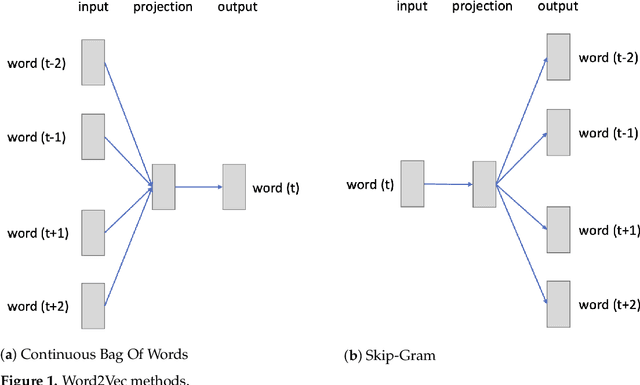

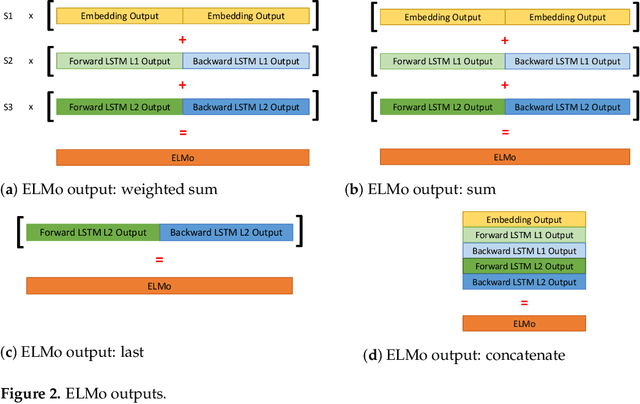
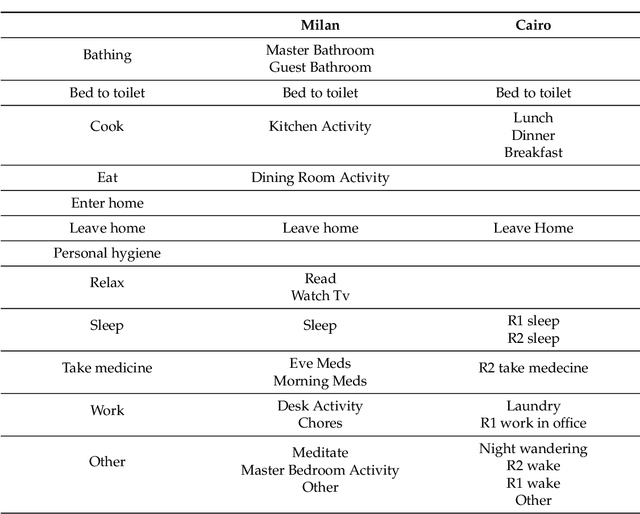
Abstract:Long Short Term Memory LSTM-based structures have demonstrated their efficiency for daily living recognition activities in smart homes by capturing the order of sensor activations and their temporal dependencies. Nevertheless, they still fail in dealing with the semantics and the context of the sensors. More than isolated id and their ordered activation values, sensors also carry meaning. Indeed, their nature and type of activation can translate various activities. Their logs are correlated with each other, creating a global context. We propose to use and compare two Natural Language Processing embedding methods to enhance LSTM-based structures in activity-sequences classification tasks: Word2Vec, a static semantic embedding, and ELMo, a contextualized embedding. Results, on real smart homes datasets, indicate that this approach provides useful information, such as a sensor organization map, and makes less confusion between daily activity classes. It helps to better perform on datasets with competing activities of other residents or pets. Our tests show also that the embeddings can be pretrained on different datasets than the target one, enabling transfer learning. We thus demonstrate that taking into account the context of the sensors and their semantics increases the classification performances and enables transfer learning.
A Survey of Human Activity Recognition in Smart Homes Based on IoT Sensors Algorithms: Taxonomies, Challenges, and Opportunities with Deep Learning
Oct 18, 2021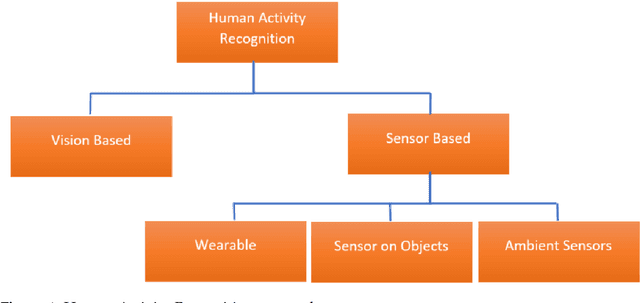



Abstract:Recent advances in Internet of Things (IoT) technologies and the reduction in the cost of sensors have encouraged the development of smart environments, such as smart homes. Smart homes can offer home assistance services to improve the quality of life, autonomy and health of their residents, especially for the elderly and dependent. To provide such services, a smart home must be able to understand the daily activities of its residents. Techniques for recognizing human activity in smart homes are advancing daily. But new challenges are emerging every day. In this paper, we present recent algorithms, works, challenges and taxonomy of the field of human activity recognition in a smart home through ambient sensors. Moreover, since activity recognition in smart homes is a young field, we raise specific problems, missing and needed contributions. But also propose directions, research opportunities and solutions to accelerate advances in this field.
Fully Convolutional Network Bootstrapped by Word Encoding and Embedding for Activity Recognition in Smart Homes
Dec 01, 2020
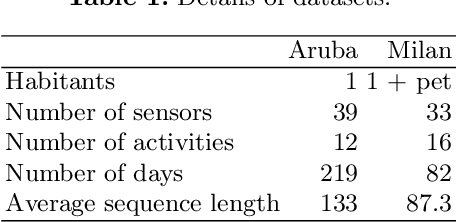
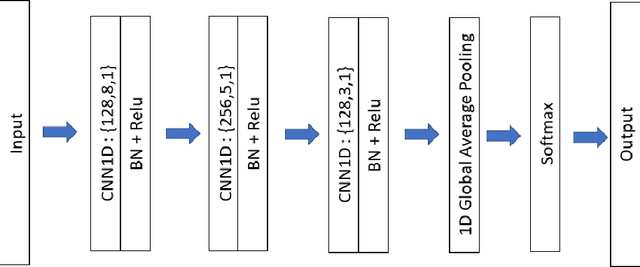
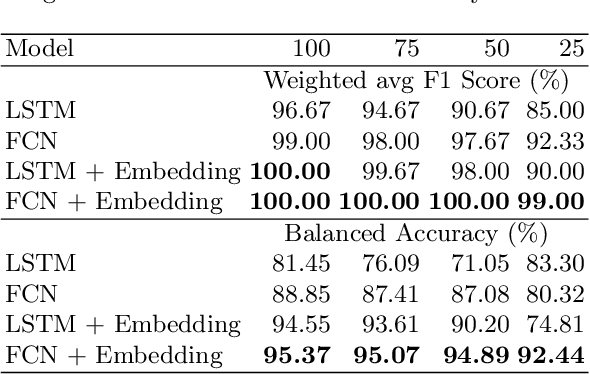
Abstract:Activity recognition in smart homes is essential when we wish to propose automatic services for the inhabitants. However, it poses challenges in terms of variability of the environment, sensorimotor system, but also user habits. Therefore, endto-end systems fail at automatically extracting key features, without extensive pre-processing. We propose to tackle feature extraction for activity recognition in smart homes by merging methods from the Natural Language Processing (NLP) and the Time Series Classification (TSC) domains. We evaluate the performance of our method on two datasets issued from the Center for Advanced Studies in Adaptive Systems (CASAS). Moreover, we analyze the contributions of the use of NLP encoding Bag-Of-Word with Embedding as well as the ability of the FCN algorithm to automatically extract features and classify. The method we propose shows good performance in offline activity classification. Our analysis also shows that FCN is a suitable algorithm for smart home activity recognition and hightlights the advantages of automatic feature extraction.
 Add to Chrome
Add to Chrome Add to Firefox
Add to Firefox Add to Edge
Add to Edge